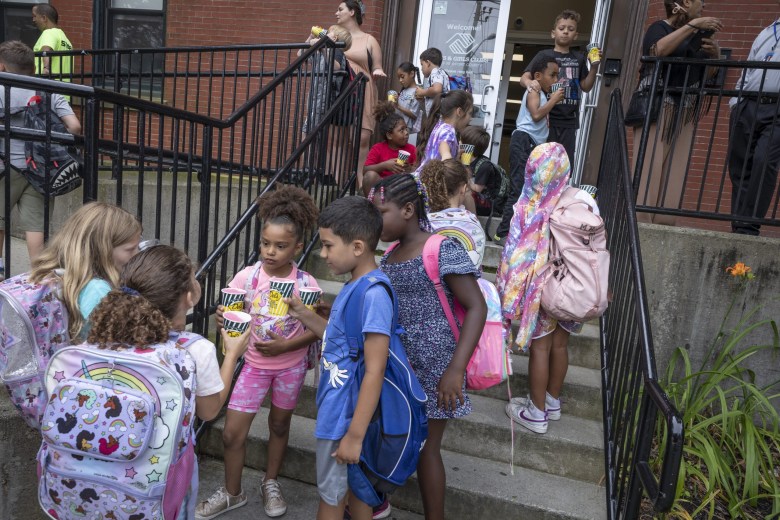Health Insurance Premiums Take More From CT Paychecks Than Most States, Study Says
Health insurance premiums are taking a big portion of many Northeast residents’ paychecks, while some are losing much less of their incomes, according to a new study.
Doctors in a hospital operating room.
WalletHub released its 2025 list of
States Where People Spend the Most & Least on Health Insurance
on Thursday, July 10. The study ranked all 50 states by how much residents spend on silver-tier health insurance plans as a share of median household income.
Premiums rose 6% for individual plans and 7% for family plans in 2024, continuing a recent trend of dramatic increases.
“Inflation has driven up health insurance premiums significantly in recent years, making it harder and harder for Americans to afford proper health care,” said WalletHub analyst Chip Lupo. “Being without insurance is even more dangerous, though, as medical debt is one of the most common reasons people file for bankruptcy. People in certain states feel the pressure of high premiums more than others, as they can cost as much as 20% of the median income in some states and as little as 4% in others.”
New Yorkers spend 10.87% of their monthly household income on health insurance premiums – the fifth most in the country. In Connecticut, premiums take up 8.45% of income, ranking the state No. 19 overall.
Massachusetts ranked near the bottom at No. 46, with residents spending just 4.96% of their income on premiums. Virginia and Maryland fared even better, coming in at No. 48 and No. 49, with insurance costs at just 4.85% and 4.27%, respectively.
Pennsylvania and New Jersey fell in the middle. The states ranked No. 33 and No. 43, with premiums consuming 6.96% and 5.72% of income.
The analysis compared median incomes to average premiums for silver-tier plans, which are commonly chosen for moderate costs and coverage.
“There is a lot of uncertainty right now about whether the Trump administration and Congress will cut funding for Medicaid and premium help in the marketplace (and if so, by how much),” said Paul Shafer, co-director of the Medicaid Policy Lab at the Boston University School of Public Health. “The [previously named] One Big Beautiful Bill Act is projected to leave about 11 million more Americans uninsured. This could have a huge impact on affordability of health insurance and health care in the future, so if you are getting health insurance through Medicaid, HealthCare.gov, or your state’s health insurance Marketplace, this is definitely something to keep an eye on.”
You can
click here
to see WalletHub’s full study on States Where People Spend the Most & Least on Health Insurance.










